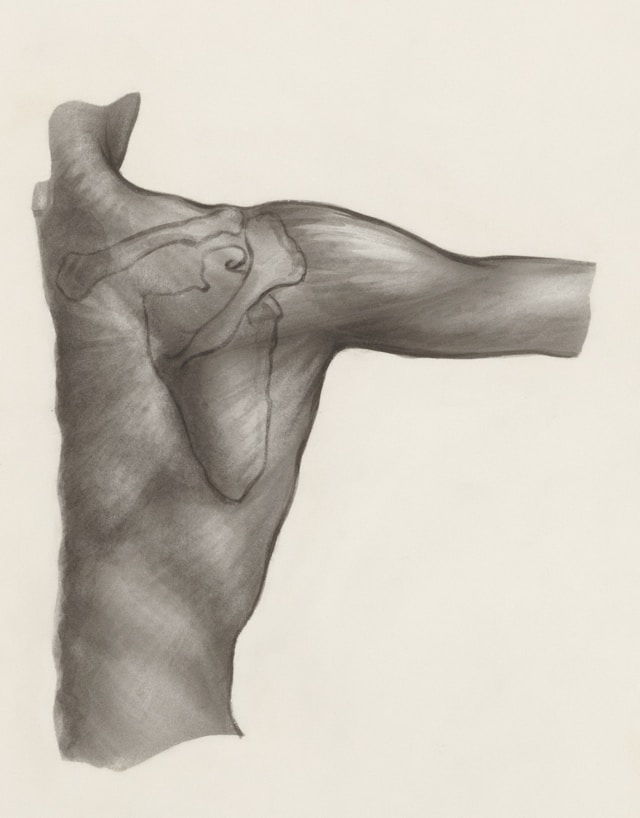Modern shoulder surgery offers solutions for individuals experiencing pain, limited mobility, or long-standing injuries. With advances in surgical techniques and rehabilitation approaches, patients can expect improved outcomes and a faster return to daily activities. Careful planning and proper execution play key roles in ensuring long-term benefits.
Understanding the different surgical options and recovery pathways empowers patients to make informed choices. Knowledge about the procedure, risks, and expected results helps set realistic expectations. When paired with a committed rehabilitation plan, these surgeries often restore comfort and functionality more effectively than ever before.

Explore Surgical Options
Shoulder surgery encompasses a variety of procedures depending on the underlying condition. Rotator cuff repair, labral repair, and joint replacement are among the most common approaches. Each type addresses specific issues while aiming to restore strength and range of motion.
Patients considering surgery should review the pros and cons of each method. Factors such as age, activity level, and the severity of the injury influence which option is most suitable. A clear understanding of surgical goals helps guide informed decisions.
Consulting with a specialist ensures that the right procedure is chosen. Surgeons can provide insights into recovery expectations, long-term benefits, and potential complications, which are crucial for planning the path forward.
Choosing the Right Surgeon
Selecting an experienced surgeon can make a significant difference in both outcomes and recovery. If you are exploring options, consider an Orthopaedic Shoulder Surgeon in Dallas, Houston, or Austin to gain guidance on appropriate procedures and recovery plans. Consulting with multiple specialists provides insight into surgical strategies and expected results.
Expertise in shoulder surgery and familiarity with the latest techniques increase the likelihood of successful results. Patients are encouraged to ask detailed questions about experience, approach, and postoperative care. This information helps build confidence and ensures alignment with personal goals.
Benefits of Minimally Invasive Techniques
Minimally invasive shoulder surgery has grown in popularity due to its numerous advantages. Smaller incisions typically result in less tissue damage, reduced pain, and faster recovery times. Patients often experience fewer complications compared with traditional open procedures.
Arthroscopic techniques allow surgeons to visualize the joint with precision while performing delicate repairs. This enhanced visibility contributes to more accurate outcomes and improved joint function.
Recovery can be accelerated when minimally invasive techniques are used, allowing patients to resume daily activities and physical therapy more comfortably. Early mobility often leads to stronger long-term results.
Role of Rehabilitation in Recovery
Postoperative rehabilitation is important for regaining strength, flexibility, and mobility. Physical therapy programs are tailored to individual needs and surgical procedures. Consistency and correct technique play key roles in optimizing recovery outcomes.
Therapists often guide patients through gradual progression, balancing rest and activity. Exercises start gently and increase in intensity as healing progresses, minimizing the risk of re-injury.
Patients who adhere closely to rehabilitation plans tend to regain motion faster and experience less discomfort. Structured therapy ensures that surgical benefits are preserved and enhanced.
Pain Management Strategies
Pain management is a crucial aspect of recovery after shoulder surgery. Techniques include medications, ice or heat therapy, and gentle stretching exercises. Proper pain control allows patients to participate actively in rehabilitation.
Minimizing pain helps prevent muscle stiffness and joint limitations. By controlling discomfort, patients maintain mobility and reduce the likelihood of compensatory movement patterns.
Open communication with healthcare providers ensures that pain management strategies remain effective. Adjustments can be made to optimize comfort and support recovery progress.
Understanding Long-Term Outcomes
Long-term results depend on multiple factors, including surgical technique, rehabilitation adherence, and individual health status. Successful procedures often lead to lasting pain relief, restored function, and improved quality of life.
Patients should monitor their progress over months and years to ensure continued joint health. Regular check-ins with a surgeon or physical therapist can help detect potential issues early.
Lifestyle choices, such as maintaining a healthy weight and avoiding repetitive strain, support positive outcomes. These practices contribute to the durability of surgical results.
Integrating Lifestyle Adjustments
Post-surgery recovery is enhanced by adopting lifestyle modifications that support joint health. Activities like strength training, low-impact exercise, and ergonomic adjustments reduce stress on the shoulder.
Maintaining flexibility and avoiding excessive repetitive movements prevents setbacks and promotes long-term comfort. A proactive approach supports ongoing mobility and reduces the risk of future injury.
Healthy habits, including balanced nutrition and proper rest, complement rehabilitation. Together with professional guidance, lifestyle adjustments maximize the benefits of shoulder surgery.

Modern shoulder surgery, combined with thoughtful rehabilitation and lifestyle practices, can restore comfort and mobility for many patients. Clear guidance and careful planning help achieve long-lasting results.
By selecting an experienced surgeon, following therapy protocols, and making supportive adjustments, individuals can regain functionality and reduce the risk of recurring issues. This integrated approach provides confidence and improved quality of life.


